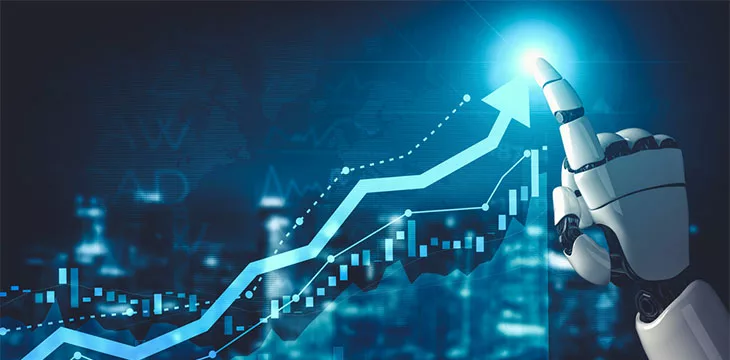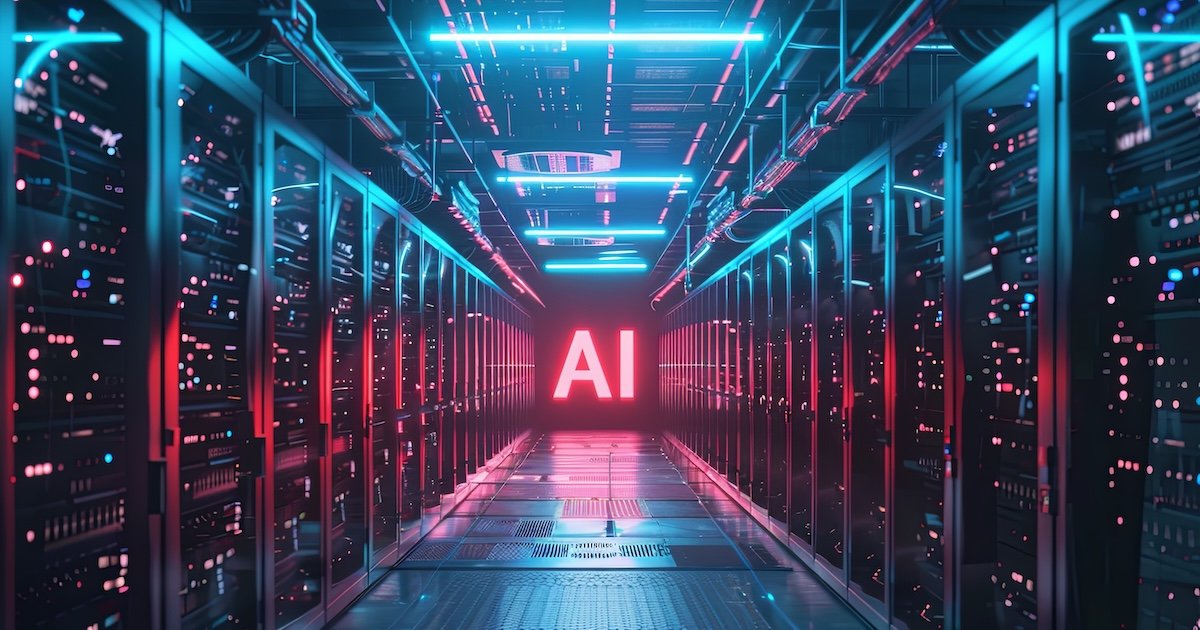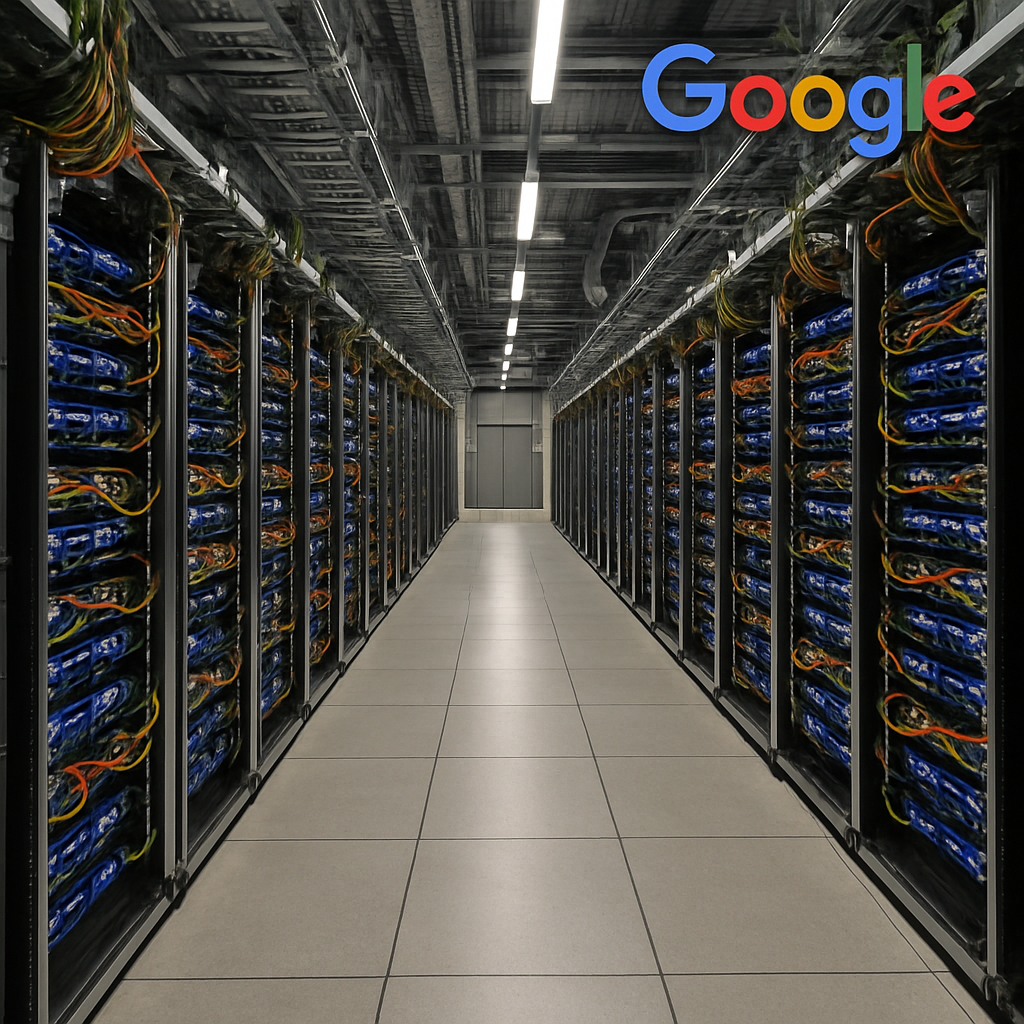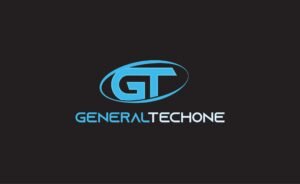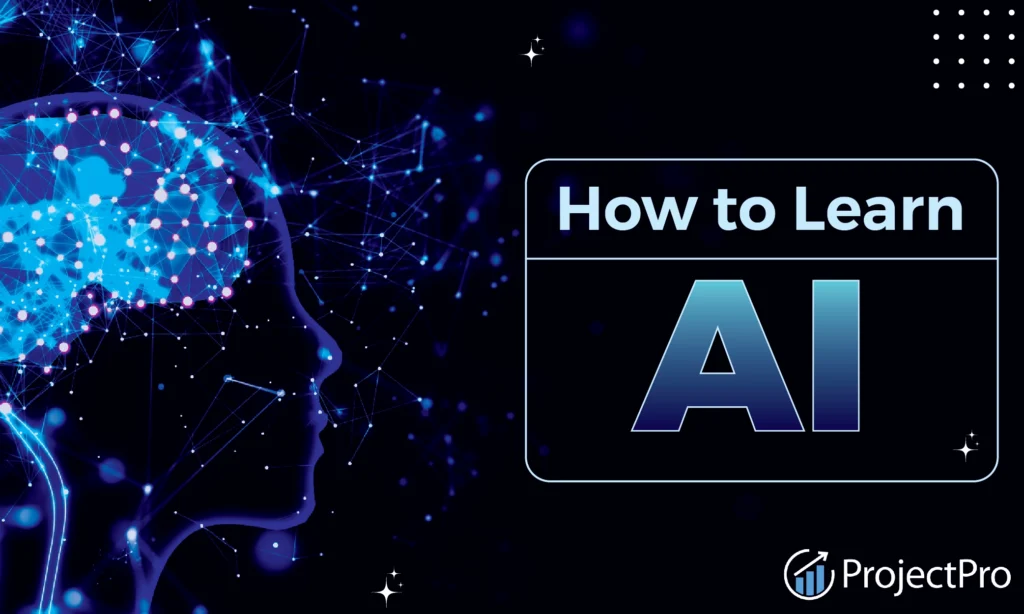Artificial Intelligence (AI) and Blockchain are two of the most in-demand technologies of the 21st century. They’re not just transforming industries—they’re creating entirely new ones. Whether you’re an entrepreneur, developer, or investor, learning these skills can open doors to high-paying careers and groundbreaking innovations.
This guide takes you from absolute beginner to expert level, complete with step-by-step learning paths, real-life examples, and practical applications.
![]()
1. Understanding the Basics
Before diving into coding and advanced concepts, you need to understand what AI and Blockchain are and how they work.
AI Basics
- Definition: AI refers to machines or software that can think, learn, and make decisions like humans.
- Main Types:
- Narrow AI: AI designed for one specific task (e.g., Siri, Google Translate).
- General AI: Hypothetical AI that can perform any human-level task.
Example: Netflix’s AI-powered recommendation engine suggests movies you’ll likely enjoy based on your viewing history.
Blockchain Basics
- Definition: A secure, decentralized database where information is stored in blocks and linked together.
- Main Features:
- Immutable (can’t be altered)
- Transparent
- Decentralized
Example: Bitcoin uses blockchain to record every transaction securely without a central authority.
Learning Resources for Basics:
- Books: “Artificial Intelligence: A Guide for Thinking Humans” by Melanie Mitchell, “Blockchain Basics” by Daniel Drescher.
- Courses: Introduction to AI (Coursera), Blockchain Basics (Udemy).
- Videos: YouTube channels like “Simplilearn” and “Two Minute Papers.”
2. Learning the Tools & Technologies
Once you understand the concepts, you need to learn the tools used by AI and blockchain professionals.
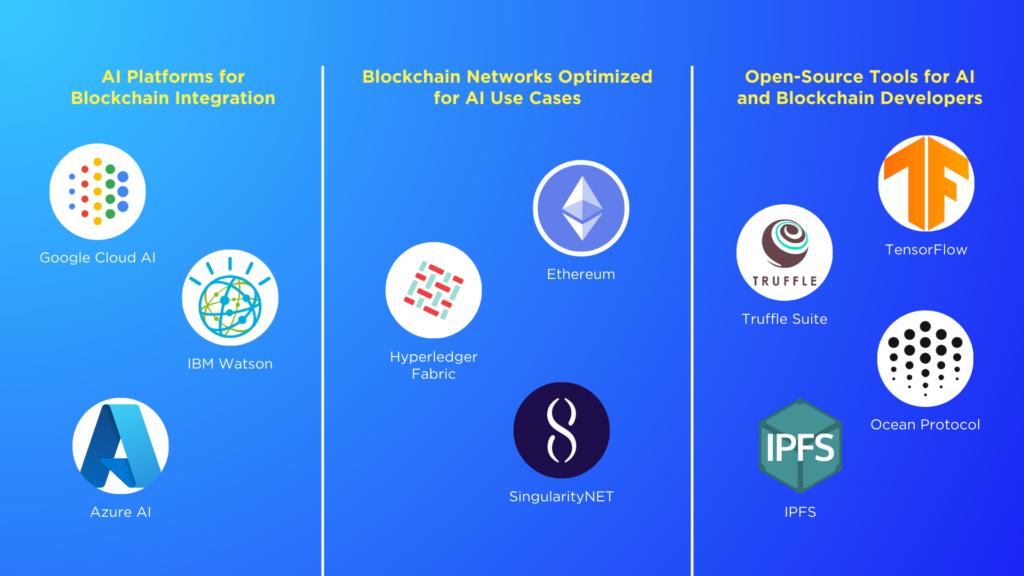
For AI
- Programming Language: Python (most popular for AI/ML).
- Libraries & Frameworks:
- TensorFlow & PyTorch (deep learning)
- Scikit-learn (machine learning)
- OpenCV (computer vision)
For Blockchain
- Languages:
- Solidity (Ethereum smart contracts)
- JavaScript (for blockchain applications)
- Platforms:
- Ethereum
- Hyperledger Fabric
- Polygon
Example: A developer might use Solidity to build a decentralized finance (DeFi) app on Ethereum, and use Python to train an AI model that predicts crypto market trends.
Resources:
- Python for Data Science and AI (Coursera)
- Ethereum and Solidity: The Complete Developer’s Guide (Udemy)
3. Hands-On Practice with Projects
Theory is useless without practice. You need to build real projects from the start.
Beginner AI Projects
- Chatbot for customer service (using Python & NLP)
- Image classifier (using TensorFlow)
- Sales prediction model for a small business
Beginner Blockchain Projects
- Create your own cryptocurrency token
- Build a blockchain from scratch in Python
- Develop a basic NFT marketplace
Example: An online shop could use AI to recommend products to customers while integrating blockchain for secure payments and inventory tracking.
4. Moving to Intermediate Level
At this stage, you start working on integrated applications and more complex algorithms.
AI
- Natural Language Processing (NLP) for chatbots and text analytics
- Computer Vision for object detection
- Reinforcement Learning for decision-making systems
Blockchain
- Smart contracts with advanced logic
- Decentralized applications (dApps)
- Blockchain interoperability (connecting multiple blockchains)
Example: In agriculture, AI could predict crop yields based on satellite images, while blockchain could record every step of the food supply chain to ensure transparency.
5. Expert-Level Specialization
Now you choose whether to specialize in AI, Blockchain, or both as a hybrid expert (very valuable in emerging industries).
Expert AI Skills
- Large Language Models (like GPT-5)
- Generative AI for text, images, and video
- AI Ethics and Governance
Expert Blockchain Skills
- Layer 2 Scaling Solutions
- DeFi (Decentralized Finance) Systems
- Blockchain Security & Cryptography
Example: Autonomous delivery drones using AI for navigation and blockchain for secure tracking of package ownership.
6. Real-Life Use Cases Where AI & Blockchain Work Together
- Healthcare: AI diagnoses diseases; blockchain stores medical records securely.
- Finance: AI detects fraud; blockchain records transactions.
- Supply Chain: AI predicts demand; blockchain verifies authenticity of goods.
7. How Long Does It Take to Become an Expert?
- Basics: 1–3 months (part-time learning)
- Intermediate Skills: 6–12 months with projects
- Expert Level: 1–3 years of continuous learning & real-world work
8. Tips for Success
- Learn by Doing: Build small projects regularly.
- Join Communities: AI and blockchain forums, GitHub, LinkedIn groups.
- Follow Industry News: Websites like TechCrunch, CoinDesk, and MIT Technology Review.
- Contribute to Open Source: Gain experience and credibility.
- Stay Updated: These fields change rapidly—keep learning new frameworks and trends.
Final Thoughts
Becoming an expert in AI and Blockchain is a journey that blends theory, coding, real-world projects, and staying ahead of trends. If you start now, within a few years you can be working on groundbreaking applications—from autonomous vehicles to decentralized finance—that will shape the future.
The world needs professionals who can combine AI’s intelligence with blockchain’s security, and those who do will have limitless opportunities.

